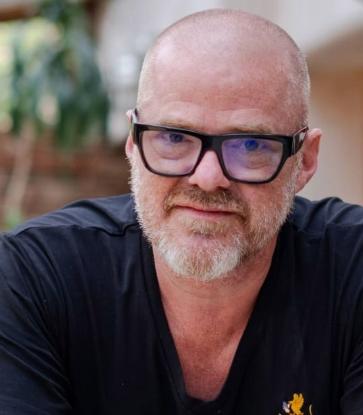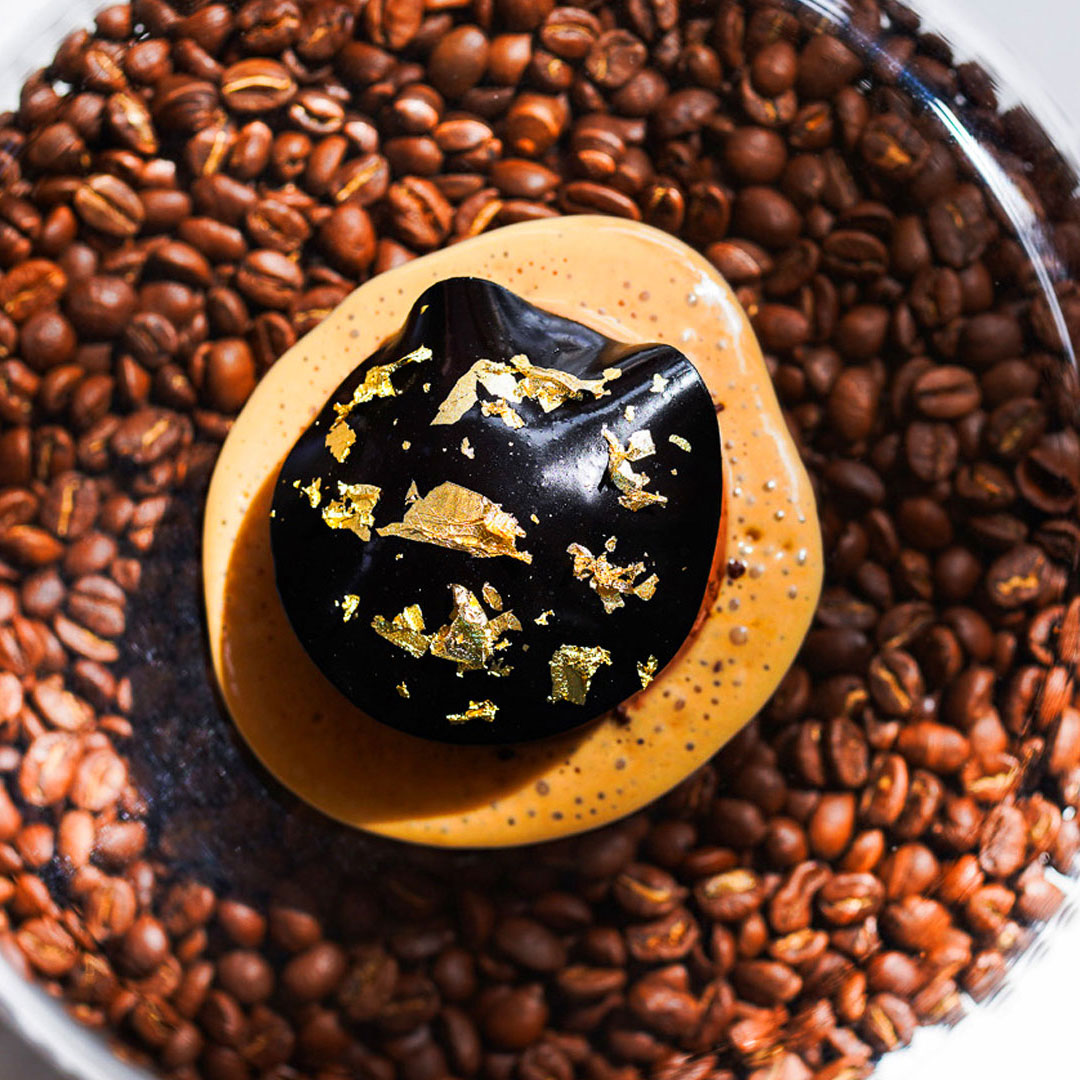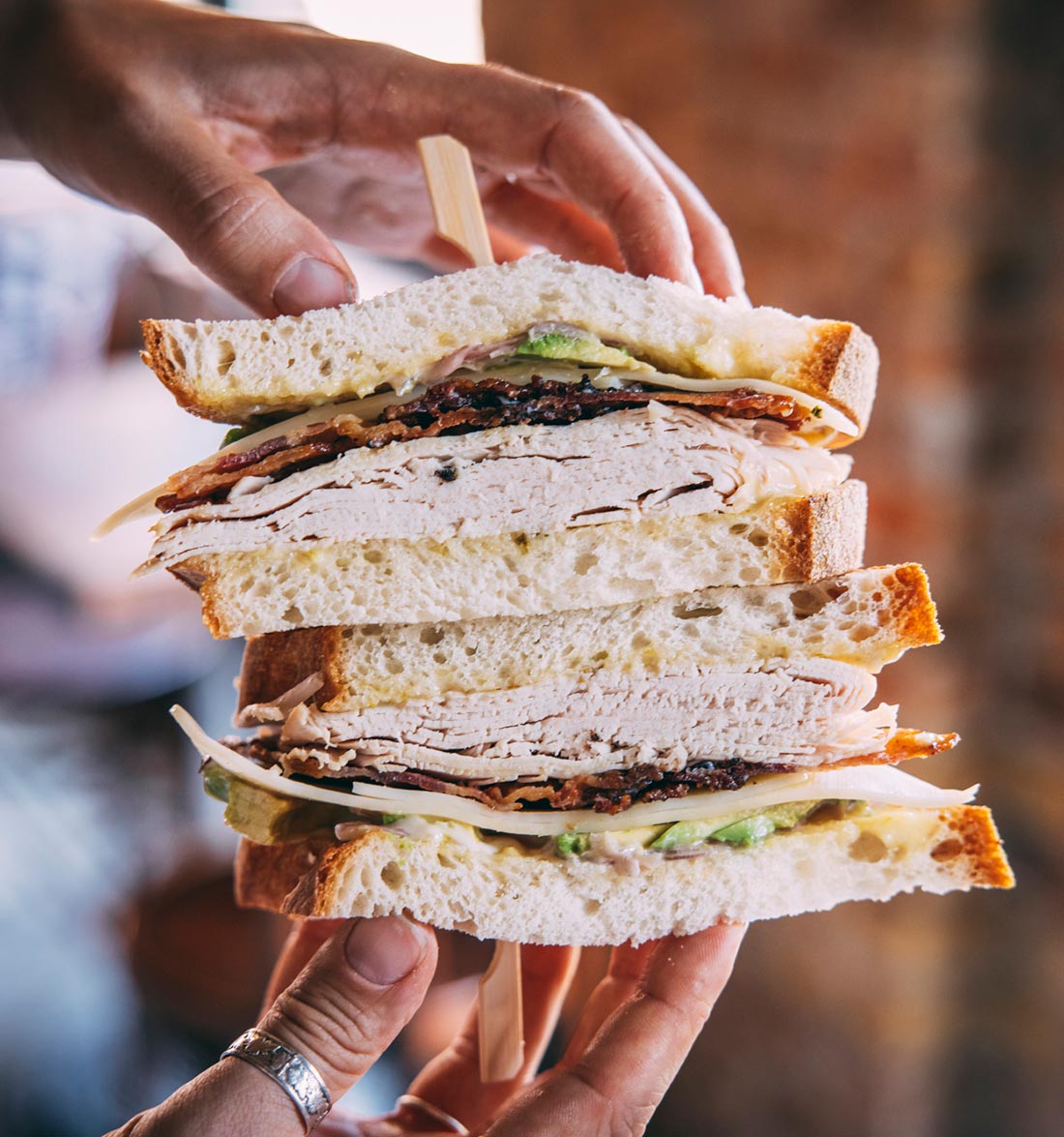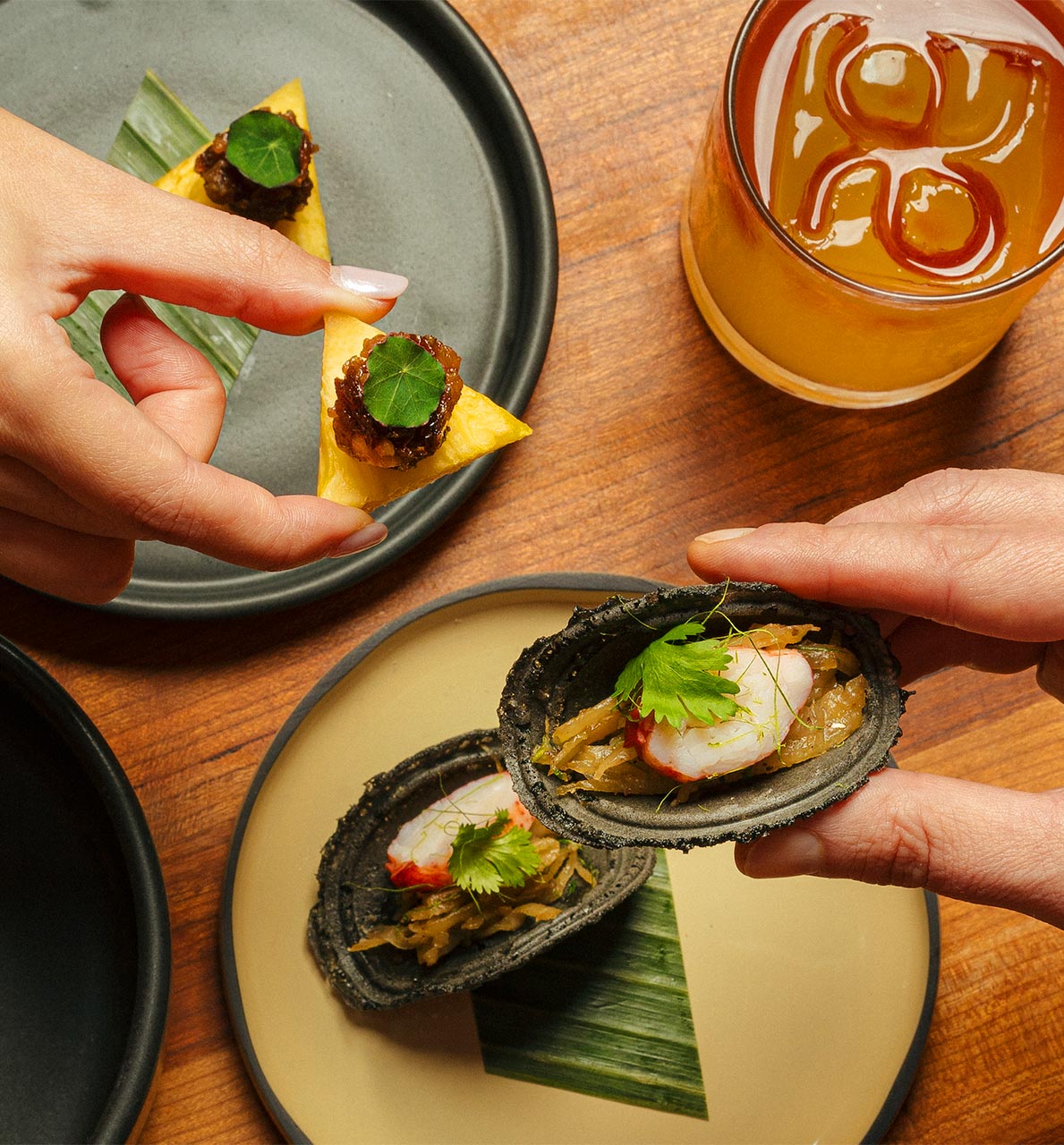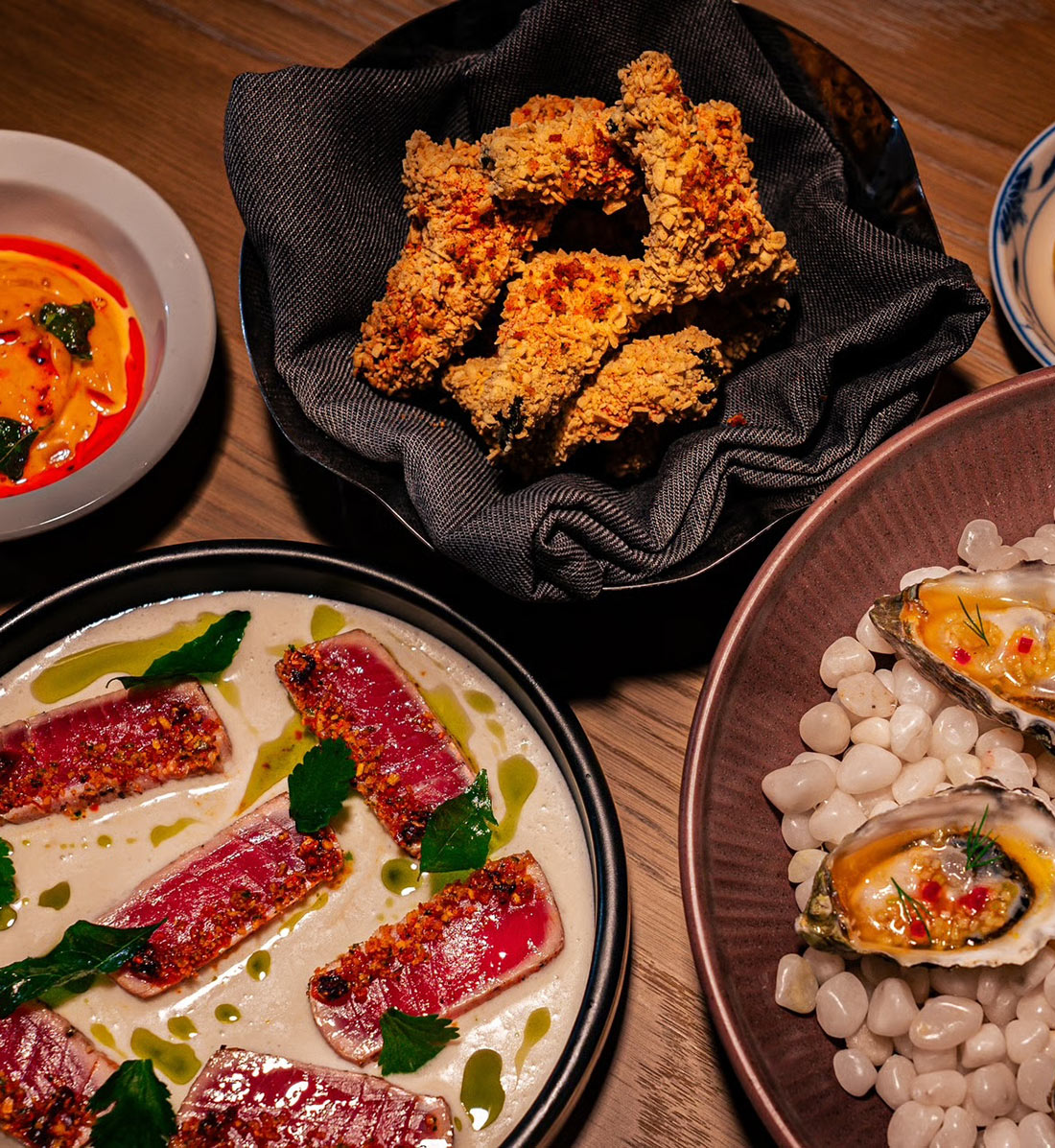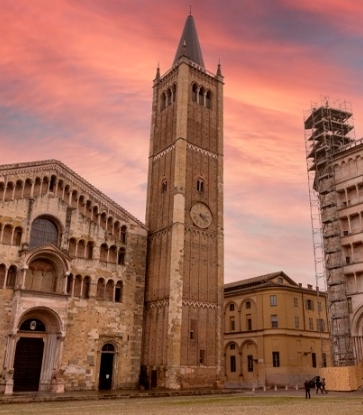The history of the Philippines has shaped its cuisine. With global culinary influences from China, Mexico, Spain, and more, the country has long pioneered its own distinctly Filipino flavor profile. And with 9 spots sprinkled across the country (including Kasama, the country's only Starred Filipino restaurant), the desire to try the flavors of the Philippines has never been greater.
Enter Bib Gourmand Purple Yam, whose owners believe their experience (and food) is, “about love, hospitality and generosity.” Before you dive into the romantic and deliciously tantalizing story below, check out our Inspectors Notes here.
It’s rare to find a restaurant with nearly three decades of history, especially one serving Filipino cuisine in America. A pioneer in New York, Chef Dorotan describes Purple Yam as, “a Filipino restaurant with some other Asian influences. It's our own style, but we respect our age-old tradition.”
It's the approach of education through the plate, that's given them staying power. “There's food that is ours, and there's food that we borrowed and became ours. In the first group, what is ours are kinilaw, adobo, and sinigang. The dominant flavor is the taste of sourness. We use tamarind, citrus and vinegar.”

Adobo is a celebrated dish of the Philippines, and Chef Dorotan preserves all the hallmarks using a traditional recipe. His chicken and duck adobo magically fall off the bone, bursting with a bright, sour flavor. Other classics include lechon pork belly (roasted or deep fried) and oxtail kare kare, instant hits among diners. His hometown favorite? Breadfruit chips and Bicol Express. “It’s basically ground pork, bagoong (shrimp paste), coconut milk, and three types of chilis: hot Thai, scotch bonnet, and long green.”
Other menu items are reimagined, taking cues from the Philippines, but with unabashed verve. Unafraid of experimentation, he puts his own spin on a ukoy shrimp fritter, bacalao (salted cod) fish cake, and laing (taro leaves cooked in coconut milk).
Desserts transport diners to an island paradise with purple yam (ube), mango, and calamansi lime flavors. Chef Dorotan proudly sources his purple yam straight from farmers in the Philippines and even named his restaurant after it. “It's an ingredient that we both love. At the time, people totally ignored us, but now everybody’s trying to do ube.”

Being in New York City, global and local inspiration are readily available. Chef Dorotan spends his free time strolling through local greenmarkets, picking up anything from fresh zucchini flowers to breadfruit. “Our neighborhood is Caribbean," he says, smiling. "They have breadfruit and taro leaves, the same thing that is available in the Philippines.”
Some diners are surprised that Purple Yam serves homemade, Korean kimchi, but it's simply part of his personal culinary journey. Having brought on (the now-departed) Chef Haegeen Kim from Korea to his team, Chef Dorotan and Kim would swap recipes and techniques. She learned how to make Filipino food, him Korean. Their collaboration even extended to drinks including Korean soju infused with Filipino lemongrass, ginger, cardamom, and turmeric.

Responding to critics for not being authentically Filipino, Besa notes, “You are only authentic to yourself at a particular time, particular family, and particular region. We all have commonalities in history and ingredients, but we all have our own version of what that food is. What you get from us is all the things that we love, and we just want to share it with diners.”
When Chef Dorotan started, some food writers would call Filipino cuisine “weird.” Times have changed. “The most common word that I hear is delicious," he says with a grin. "Unique. Never tasted some combination. I feel elated. It's so very gratifying.” Besa chimes in, adding, “People are rediscovering the place, and that gives him a lot of energy and inspiration.”
It wasn’t always easy. Chef Dorotan rose the ranks upon arriving in America in 1975 starting as a dishwasher, then cook, until he charted his own culinary path.

Throughout Purple Yam’s storied journey, it has stayed proudly Filipino. Besa grins, “For me, what makes it Filipino is hospitality and generosity. There's nothing like Filipino hospitality and generosity. There are a lot of people still coming to Purple Yam who started coming in 1995. That is the most important thing, your relationship with your customers.”
Chef Dorotan and Besa’s legacy continues beyond the restaurant. Seeing the response and outpouring of support from their community, the couple compiled their recipes and released their 2006 cookbook, Memories of Philippine Kitchens, which also details their country’s culinary history along with personal stories of Filipino families.
Now in their 70s, the owners continue to pour their hearts into Purple Yam. Chef Dorotan says, “It's harder for me now, to do all what I used to do. But, we keep the same kind of philosophy and principles. It's about hospitality and delivering good food.” Besa adds, “I never take anything for granted. To be able to cook in the city is a privilege. Whatever food we put out, it's the best that we can do. That's always what we have done. There are no shortcuts.”
As they get older, Besa is optimistic about Purple Yam’s future. “My dream is that somebody will take it over, but I don't know who. I believe that something will come out of this.” No doubt with the same innovative and delicious combination that's won over their fans for more than three decades.

DISCOVER MORE: Filipino restaurants in the MICHELIN Guide
Hero image: J Dago Santos








